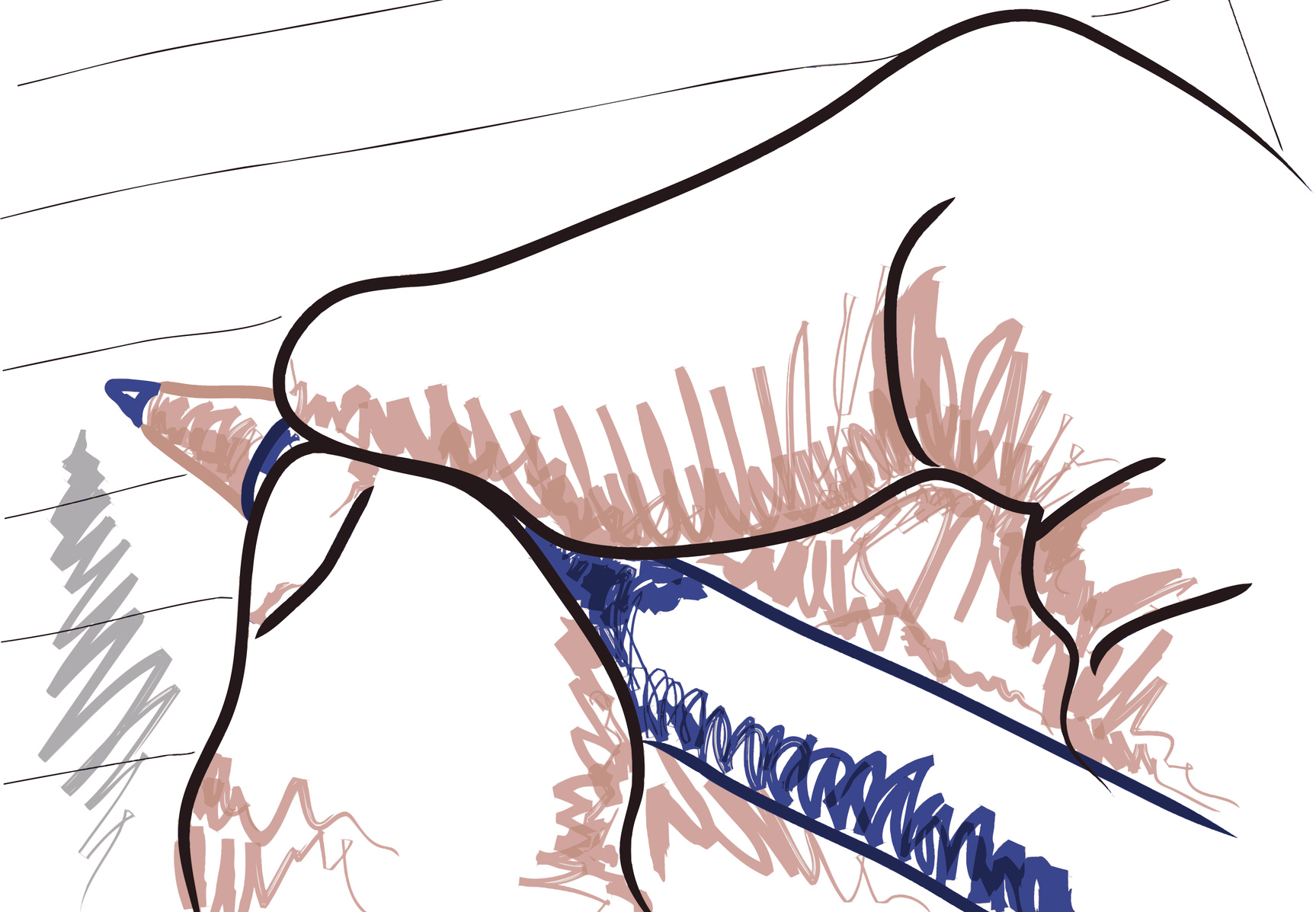
There’s a way to combat email overload and office politics – and it has nothing to do with a computer.
What business tools do we all have to hand nearly all of the time? No, not a smart phone. Look around again. What is it you reach for when taking a phone message? A pen and paper. The recent CIPD annual survey for well-being shows that sick leave has fallen by nearly a day. Good news on the surface, but dig deeper and you find the bad news: stress and muscular skeletal problems (back pain, RSI and eye strain) are two of the main reasons for taking sick leave. Spending long periods hunched over a computer (of any shape and size) is the primary cause of muscular skeletal problems. Dealing with bulging inboxes is still one of the top ten stressors. What do many people spend the majority of their day doing? Emailing. Our latest research show that we spend on average half a day (4.2 hours) each day dealing with email. Could we reduce that time and hence the risk of muscular skeletal injuries?
On our desks, very close to hand, are the two tools which could help transform the current email overload challenge which many face each day. No, I am neither mad nor inebriated, just concerned that as the level of email overload rises and hence the incumbent stress, we continue to default to email when very often there is a far better option which is both more efficient and effective. One such choice being the traditional writing tools of pen and paper.
Consider these two typical everyday office scenarios:
Scenario 1 – A asks B to do a relatively simple task
A to B: ‘please can you arrange a meeting between Fred and Jane.’
B to A: ‘Put it in an email.’. Probably without even saying please.
That game of email tag is the biggest waste of both A and B’s time. It often smacks of playing politics, laziness and all those other deplorable office games which sap our energy. The correct and most productive response should be for B to take ownership, and if they cannot trust their memory, grab their day book and make their own notes.
Scenario 2 – Ignore the Out of Office message and just keep the email tidal wave flowing
A sends B an email but gets back an Out of Office message. Now what happens? A just keeps on emailing B, regardless of the shelf-life of the email. After all, why should A worry about B’s ever bulging inbox? Never mind that buried in that tidal wave might be just one email of significance: that’s B’s challenge when they return to sort the wheat from the chaff.
Wrong again: more time and energy wasted. This is another situation when pen and paper can reduce the email overload and time we need to spend at the computer. The most effective and productive action would be for A to make a note of all the things they need to discuss with B on their return. Then either wait and talk or send one summary email.
These are just a couple of everyday situations when the humble notebook is mightier than the inbox. Yet it is often disregarded in our rush to use technology. Conventional notebooks have many other strengths over email and other note taking technologies. First and foremost, they can be used anywhere any time. They do not require either ‘juice’ (energy) to fire them up or for you to be connected to a network – just open up your notebook and start writing.
Using a notebook can help you stand out in the crowd, especially if you use a stylish one. It can be an ice-breaker and used as an opening gambit for conversation. I am very fortunate that one of my sponsors, BomoArt, make a superb range, from magnificent hand-made leather bound daybooks (like the ones in the illustration) to little ones which fit in my handbag. Indeed you will often find me without my smart phone (for example at a dinner, formal or informal) but never without a pen and a notebook (albeit a BomoArt memo book). When choosing a notebook think about how they can be seen as an accessory to your overall dress code. Pick a style which suits your image, be it funky to formal.
What about finding information? Ask a colleague to find something on their PC which you have in your notebook. Often the notebook wins hands down. For some, like me, the art of writing is inspirational as the jottings and doodles can help fire the creative side of the brain and find links between different thoughts. You can colour and highlight notes just as you can information in key emails. Often just the process of flicking though a notebook reminds one of other information and connections far more efficiently than scanning the inbox. And it can be much more restful and less stressful. Notes on a page don’t shout at you like emails past their due date.
Over the next few days observe how many times people ask you to do something:
- by email when they are within a five desk radius of you; or
- in passing and you say ‘put it in an email’.
Generally such emails are unnecessary and just drive up the email overload and therefore increase stress and the risk of muscular skeletal problems. Try turning to an alternative in these situations such as pen and paper to see how much more productive and creative you and your colleagues can be.
Email is just one of a multitude of communications and organisation tools, one of which is the traditional notebook. Picking the right tool for the right purpose is the key to saving time dealing with your email.












